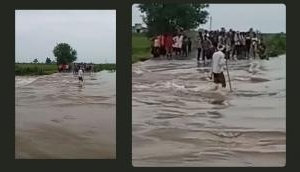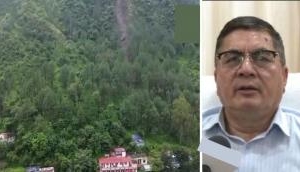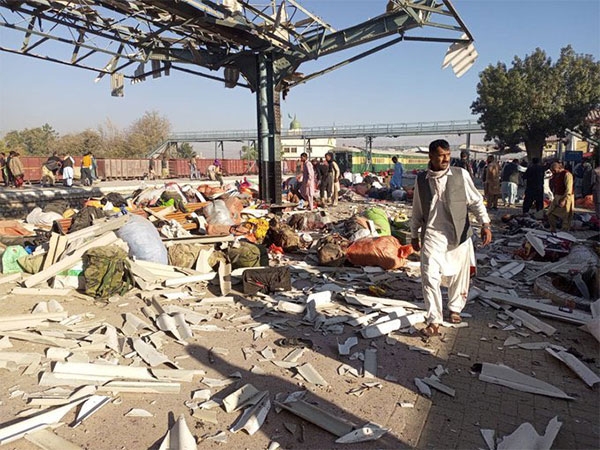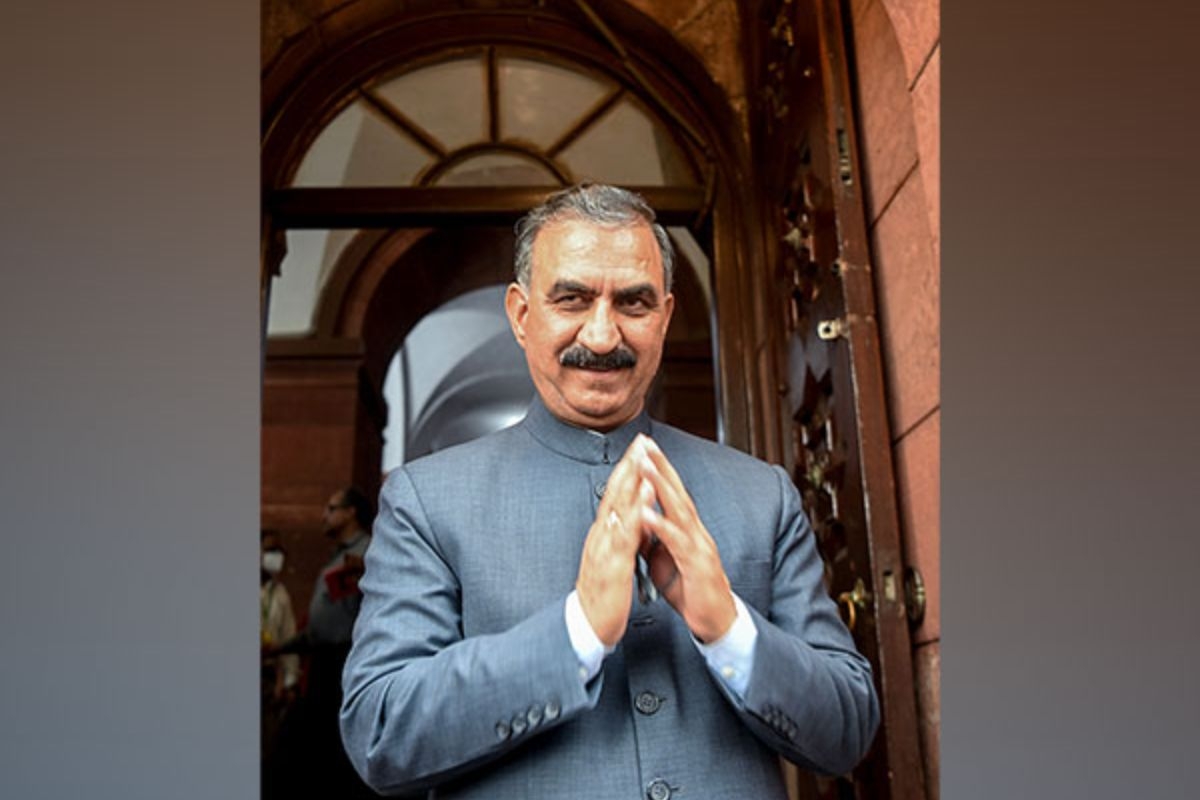India's protected areas are just 4.79%. Secure them at all cost: Belinda Wright

In India, the theme for this year's World Environment Day is wildlife, or as the environment ministry puts it, "Go Wild for Life". But this theme comes against the grim backdrop that 2016 has been among the worst for our wildlife. There were 30 cases of tiger poaching or seizures this year as against 25 in the whole of 2015.
Catch spoke to Belinda Wright, Executive Director, Wildlife Protection Society of India. WPSI specialises in a range of activities, including data collection - such as the figures quoted above - and helping enforcement agencies clamp down on trafficking.
Tiger and leopard poaching has been unusually high in 2016. Why do you think it is so?
Tiger poaching and seizure figures for 2016 are the highest for the past 15 years. General tiger mortality is also the highest on record. It seems that the poaching is driven by the demand for tiger parts in China, and that a rise in prices for tiger parts is motivating the poachers.
Also read - Paper tiger: why India's chief wildlife crime fighter has lost its bite
What is the scale of trafficking in wildlife other than flagship species like the tiger? Would you say the threat is more severe for non-flagship species?
Many species are severely threatened by the illegal trade in wildlife. These include iconic species like the tiger, leopard, sloth bear, rhino and elephant. The lesser-known species valued in the illegal wildlife trade are particularly threatened as so little is known about their populations and habits, or details of poaching and trade in these species. These include otters, pangolins, star tortoises, monitor lizards, freshwater turtles and tortoises, spiny-tailed lizards and the tokay gecko.
We know that the volume of illegal trade in some of these lesser-known species is huge. For example, between 2000 and 2013, nearly 21,000 star tortoises were seized by the customs department in Chennai alone. One of the biggest seizures of monitor lizard skins took place in Bangalore in July 2002, when 27,800 skins were seized. Freshwater turtles and tortoises are also being badly hit: from 2003 to 2013, a staggering 42,905 turtles and tortoises were seized in Uttar Pradesh.
What does India need to do to better protect its wildlife from trafficking?
First and foremost, we need an intelligence-led approach to wildlife crime, including dedicated teams to gather information on crime and criminals, and to investigate cases. The focus needs to be on prevention. State governments need to fill staff vacancies, particularly in protected areas and provide specialised training and better facilities and motivation to field staff. The investigation, documentation and prosecution of court cases also needs to be enhanced, and repeat offenders monitored. On the national front, we need better surveillance along our porous borders, and the Wildlife Crime Control Bureau should be strengthened with legal powers and human and technical resources.
India is on the brink of approving the Ken-Betwa river link, which will submerge parts of Panna tiger reserve. And widening NH-7 affects tigers from Pench. The Supreme Court has held that development is more important than tiger conservation. Would you agree?
India, and the world, is facing a crisis with loss of biodiversity and climate change, not to mention a shortage of water. India's protected areas cover only 4.79% of the geographical area. We need to secure and protect these areas at all cost for the well being of the future of India.
At his speech at the 3rd Asia Ministerial Conference on Tiger Conservation on 12 April this year, the prime minister talked about the "destruction of ecosystems". He said, "By protecting the tiger, we protect the entire ecosystem and the ecological services, which are equally crucial for the well being of human beings." I have the highest regard for the Honourable Supreme Court and, of course, development is important. But I believe that every effort should have been made not to widen a highway through Pench reserve or submerge a large part of Panna reserve when there are alternatives.
More in Catch - Govt hiding GM crops data because it knows it's rigged: Kavitha Kuruganti
World Environment Day: tiger numbers on the rise, but so are threats
First published: 4 June 2016, 9:34 IST






![BJP's Kapil Mishra recreates Shankar Mahadevan’s ‘Breathless’ song to highlight Delhi pollution [WATCH] BJP's Kapil Mishra recreates Shankar Mahadevan’s ‘Breathless’ song to highlight Delhi pollution [WATCH]](https://images.catchnews.com/upload/2022/11/03/kapil-mishra_240884_300x172.png)

![Anupam Kher shares pictures of his toned body on 67th birthday [MUST SEE] Anupam Kher shares pictures of his toned body on 67th birthday [MUST SEE]](https://images.catchnews.com/upload/2022/03/07/Anupam_kher_231145_300x172.jpg)






